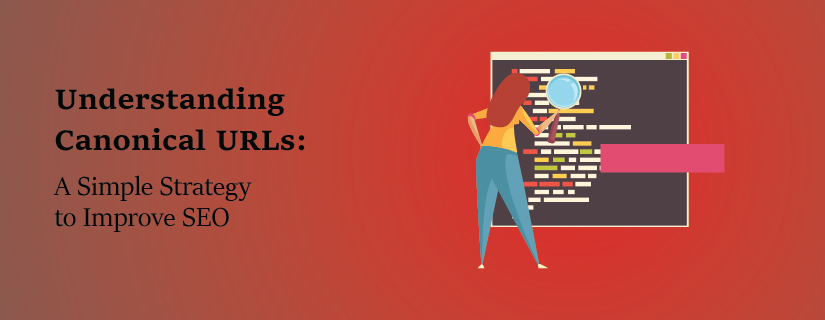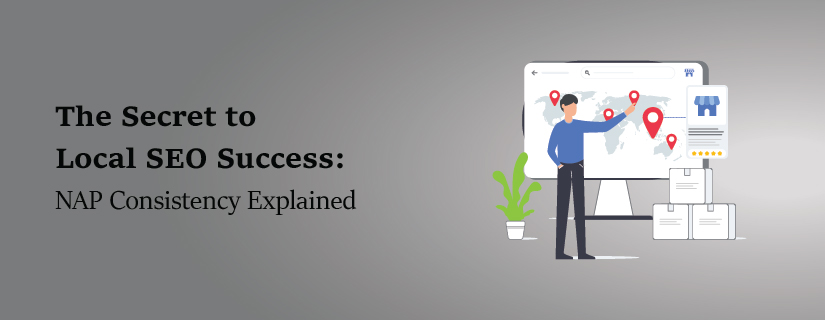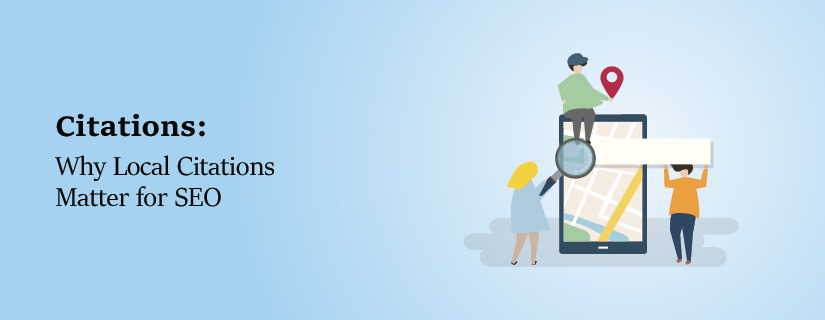- /
- Blog
- /
- A/B Testing: Optimize, Convert,...
A/B Testing: Optimize, Convert,
and Succeed
A/B Testing: Optimize, Convert, and Succeed
The goal of any launch is to reap abundant marketing returns from an adept and vivid design that has specialized messaging, captivating visuals and an enticing call to action that converts. It is truly shocking when one of your campaigns remains lethargic and pulls minimal engagement; as if one of the nuances of your campaign did not strike the target audience. Where am I going wrong here? It reflects poorly on one’s brand when they begin questioning the relevance of their CTA button’s hue or the length of their headline.
These doubts reinforce a real problem that permeates digital marketing and the optimization of websites: Having to estimate a problem without hard data. Businesses no longer need to make guesses or hunch decisions because they can A/B test their content. A/B testing is the scientific way of measuring the efficiency of different versions of a single piece of content to determine which one is more compelling and performs better.
What is A/B Testing?
A/B Testing or split testing augments the process of gauging the efficiency of a page, ad, email or any other brand asset by comparing two of its different versions. The quintessential step of the A/B testing procedure is the distribution of traffic into two unprejudiced segments.
Businesses look at how different groups interact with the same content to find out which version is more productive in achieving signups, engagement, or sales.
As an example, an online shop seeking to figure out if a red “buy now” button gets more purchases than a blue button can conduct an A/B test. If more conversions derive from the red button then that becomes standard.
How A/B Testing Works
A/B testing follows a systematic procedure to guarantee precise outcomes and insights. This is how it is conducted step by step:
1 . Identify the Goal : Before conducting an A/B test, it is important to have a clearly defined outcome. Divorced from a goal, the test result will be full of bits and pieces that do not mean anything. More common outcomes include:
- Conversion Increase – More sign ups, payments, or purchases.
- Engagement Increase – High CTR rates or people lingering longer on a webpage.
- Bounce Rate Decrease – Retaining users longer and having them explore the page and its contents.
- As an example, if an e-commerce website decides to find out the impact of free shipping on buys, it is important to define this goal so that results are captured accurately.
2 . Create Two Variations : After setting a goal, focus on creating two versions of the element that is being tested.
- Version A (Control): This is the original version.
- Version B (Variant): This is a modified version that has one change in it.
- Prioritizing one change at a time guarantees that results will be unambiguous. If many different elements are changed at the same time, it will not be easy to know which change led to which outcome.
Example:
- Testing the blue vs. red CTA color will determine which color gets more clicks.
- Changing a headline will check if a different message has a stronger appeal to the users.
- Changing the checkout process will help in decreasing the cart abandonment rates.
3 . Split the Audience Randomly : Dividing the audience is a necessary step to making sure that the test is unbiased, so it has to be done at random. For 1,000 visitors landing on a webpage:
- 500 see Version A (Control).
- 500 see Version B (Variant).
- In case of an email marketing A/B test, half of the participants will receive Email A and the other half will get Email B. Random allocation eliminates the possibility of external factors like time of day or demographics interfering.
4 . Conduct the Experiment and Gather Information : After making the changes, start monitoring how users are interacting with the system. Some of the key measurements to consider include:
- Click Through Rates (CTR) – The number of users that interacted with the link or call to action.
- Conversion Rates – The number of users that performed the specified action.
- Bounce Rates – The number of non-participating visitors.
- Time on Page – The duration of time a user spends on the web page before leaving.
- Businesses are able to measure their performance instantly with the use of Google Optimize, Optimizely, VWO, and other similar programs. Tests should be held steady for a period of time to guarantee results are statistically significant.
5 . Evaluation of Outcomes : After gathering an appropriate amount of data, businesses need to decide the winner between Version A and Version B based on which one performed better.
- Win variant works – the original version of the product is replaced by the variant.
- Lose variant works – the product remains in its original state and new trials can further be done.
By way of illustration:
- If having a call to action button set to green helps a business with a 20% boost in their conversions, then green is what they should always stick with.
- If shortening the subject line of an email leads to increased open rates then that is what should be expected from future campaigns.
- The opportunities to test and refine solutions are limitless in improving the engagement, conversions, and user satisfaction of a business.
Reasons A/B Testing is Crucial
1 . No More Wonders : To make marketing and design choices, many businesses rely on intuition. Above all else, intuition is built around assumptions. Unfortunately for businesses, assumptions can turn incorrect and lead to a loss of resources and time. Instead of wandering, A/B testing removes problems by providing data on what works. For example, businesses can now depend on user behavior, rather than solely relying on opinions to make modifications.
2 . Helps Increase User Actions : Using A/B Testing, businesses can discover the most effective pieces of their website, emails, or even advertisements. Using even smaller variances, such as altering the CTA text from “Sign Up” to “Get Started,” can single handedly raise conversion rates. Eventually, consistently testing different variations ensures making favorable shifts in business performance.
3 . Improves Users’ Overall Experience : A/B testing allows users to see what layouts and colors engage them more, as well as help businesses understand what content formats drive smoother engagements. Ill designed websites with unfriendly structures used to scare visitors away. A/B Testing dramatically shifts retention rates to satisfy customers even more. Moreover, A/B testing helps enhance device experience (UX) which is an important factor to keep visitors around.
4 . Reduced Risks : Making big changes without testing can be dangerous. A/B testing permits businesses to try small changes first to avoid large negative outcomes when designing or marketing. Companies wouldn’t have to redesign the whole website in one go; instead, they could do it in parts and see how each part performs before the whole redesign.
Want to maximize your marketing ROI? Our audit & consulting services help identify what’s working and what’s not.
5 . Understanding Customers Better : With A/B testing, businesses can analyze content interaction deeply at a granular level. Businesses can find out:
- What headlines or images catch the users’ interest.
- What positions of CTAs have the best interaction rates.
- How a particular group reacts to particular marketing campaigns.
Rather than guessing, A/B Testing offers businesses the opportunity to make data-driven decisions. Companies can increase conversion rates and improve user experience by testing different designs systematically and hand-tailoring the marketing strategy. It minimizes risks by giving room for small, gradual changes rather than abrupt, complete alterations. The information obtained through A/B tests gives a broader picture of customer behavior, leading to better campaign strategies. Adopting A/B Testing as a permanent strategy is bound to ensure growth and success in the fast-changing digital world.
Share this Article On:
Recent Updates
- 12 February 2025
- 12 February 2025
- 12 February 2025
- 12 February 2025
Have a Question?
If you cannot find answers to your queries, please fill out the enquiry form. We will contact you shortly.








